
I ran into an interesting issue last week with a story I wrote.
In the narration, as well as the dialogue, I made references to some classic literature.
Those people “in the know” (agents, editors, published authors) have admonished writers not to reference current literature or cultural items or events because it will date the story (unless, of course, that’s what the story is about).
Instead, these tipsters suggest it’s okay to reference classics.
In my story, I had the main character describe another character as reminding him of Ichabod Crane.
In another scene, I had the MC suggest that he and a friend were like Toto and Dorothy.
I figured all these characters were part of classic literature.
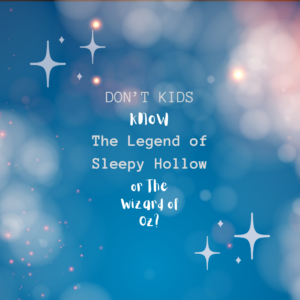
But the writers in my writing group said their own tweens and teens wouldn’t know either reference.
I gave that some thought and decided:
a.) Relying on comparisons to existing literary characters is a lazy way for me to describe someone and
b.) Do 12-year-olds really not know The Legend of Sleepy Hollow or The Wizard of Oz?
That’s my big question.
If those references aren’t familiar to that age group, what about the golden ticket from Charlie and the Chocolate Factory or Wilbur from Charlotte’s Web?
Do the brothers Grimm mean anything to kids this age?
Do any fairytales ring a bell, such as Rumpelstiltskin or the Three Billy Goats Gruff?
What about kissing a frog, so he’ll turn into a prince?
How about Roo from Pooh?
If someone is singing in the rain, would 12-year-olds understand a reference to the old movie?
Or any reference to Little House on the Prairie?
A spoonful of sugar?
If the answer is no, no, and no across the board, at what point do current bestsellers become classics and, therefore, become okay to reference in stories?
Is it like antiques, anything over 100 years old?
Or is Harry Potter a classic already?
What about Because of Winn Dixie?
The Hunger Games?
The Very Hungry Caterpillar?
Paddington Bear?
I could go on, but in the interest of brevity (see last week’s post, How Much is Too Much), I’ll stop.
So besides not relying on published books to do my heavy descriptive work, the takeaway from this is two-fold:
1.) A writer cannot assume anyone’s frame of reference is the same as their own; and
2.) hang out with kids of the age group for which you’re writing.
TTFN *
Until next week,
~ Gail
Countdown: 29 more weeks of 2024
*TTFN: “TTFN! Ta-ta for now,” says Tigger in Walt Disney’s Winnie the Pooh and the Blustery Day.
Before you go, don’t forget to sign up for my mailing list, below:
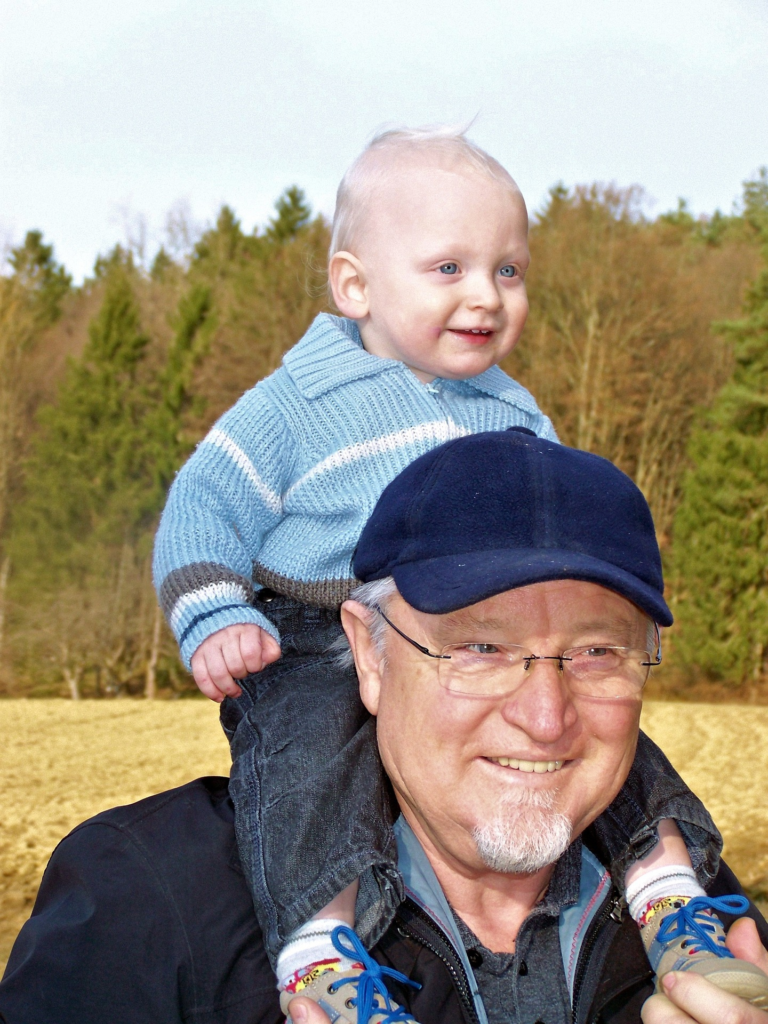
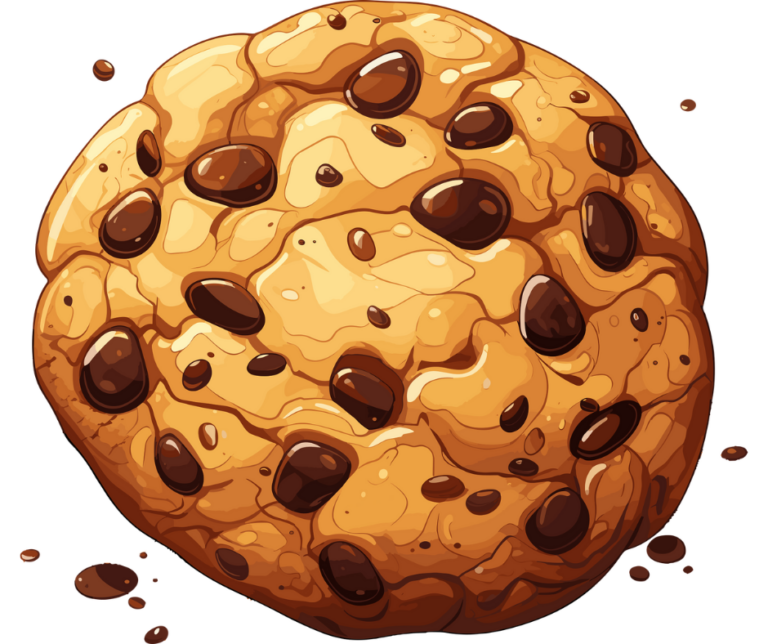

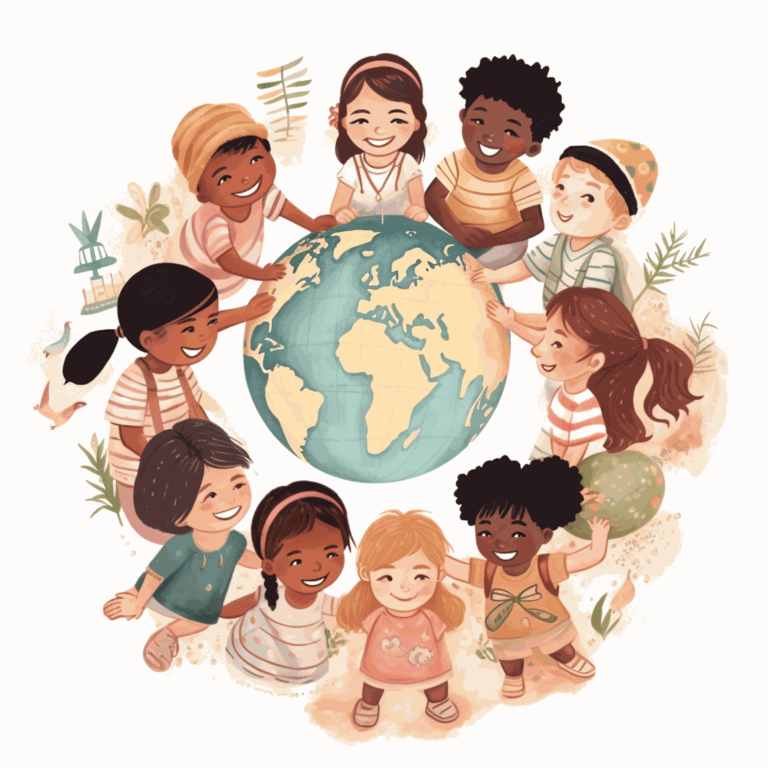

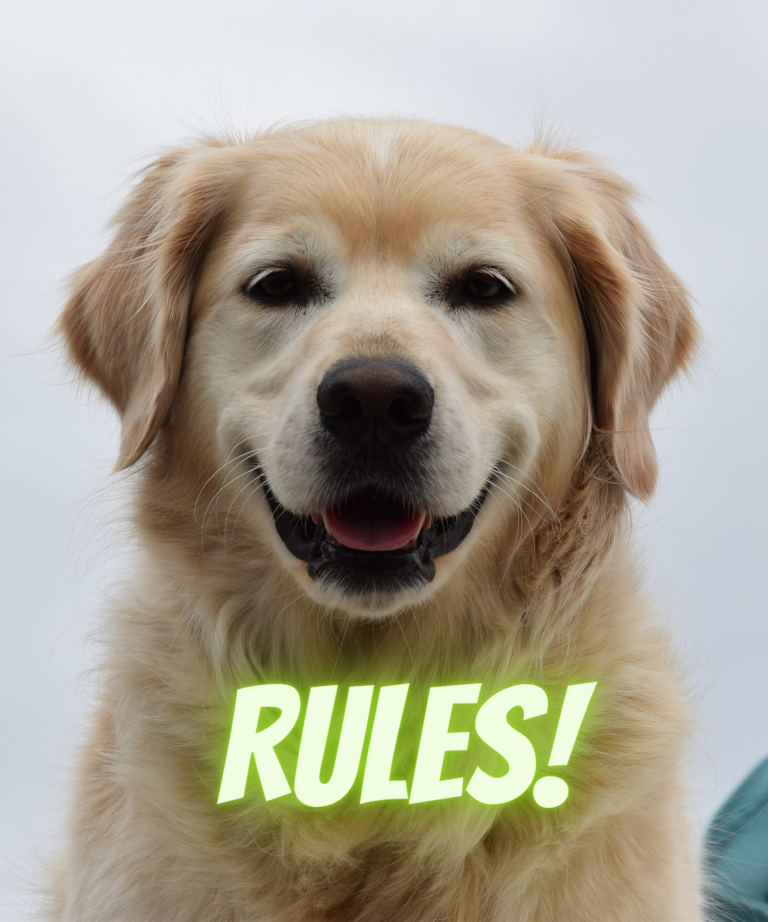
Oh, Gail, your post gives me a lot to think about!
I’ve been working on a novel for years (lots of shelf time) based on the life of Wilson Rawls, author of “Where the Red Fern Grows.” I think that Red Fern is on every middle school reading list, but is it a classic?
I’ve been thinking recently that if I blow the dust off “Idaho Falls” and get back to work on it, maybe when it’s published that might spark new popularity for WTRFG. Wouldn’t that be lovely? Bringing new life to a once-popular book? Red Fern is such a great story that it deserves a renaissance.
My novel details the story-behind-the-story of how/why Red Fern was written. Rawls was my great-uncle, and there’s a lot of family lore about him that’s not publicly known. The crux of the story is that it was his wife, Sophie, who convinced him to quit his job and write the book while SHE supported them – not a thing commonly done in the 1950s! So, the story is really about their partnership and them bucking the gender-assigned roles of the time. Hopefully, a publisher will find that compelling enough to publish, and readers will want to read the original book to see what all the fuss is about! The two books together are kind of their own marketing package, don’t you think? And these days, you’ve got to come with a marketing slant and a following to get traditionally published, right?